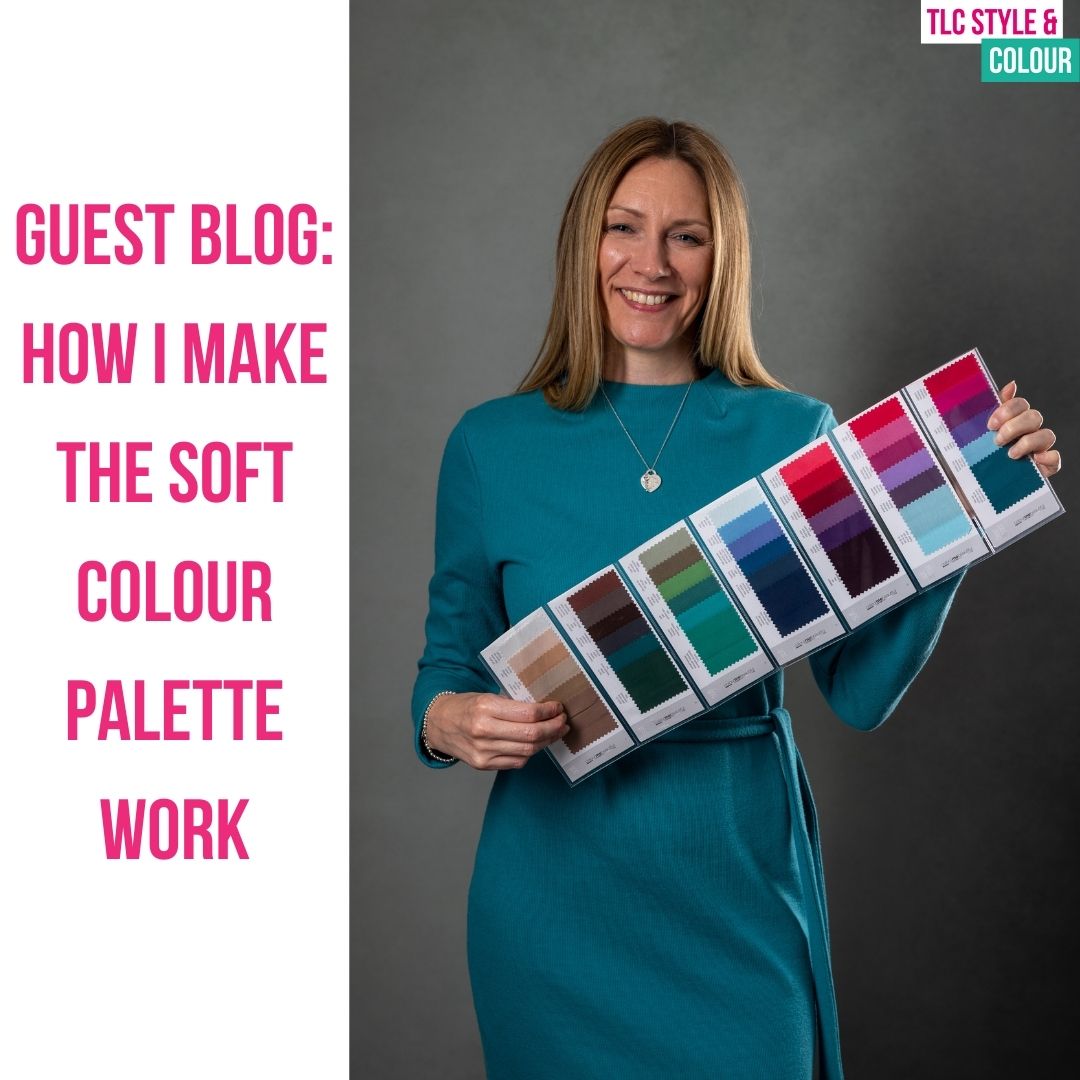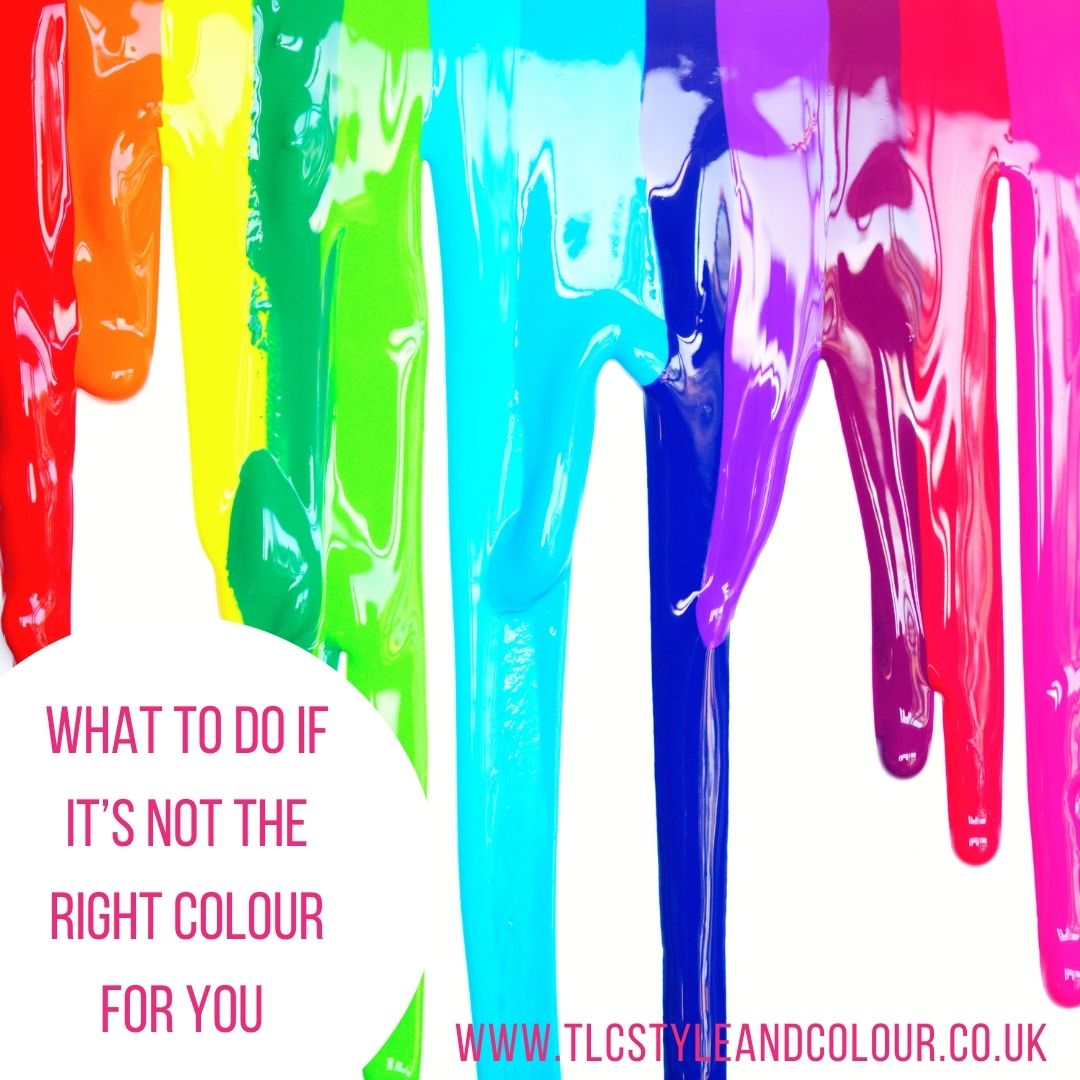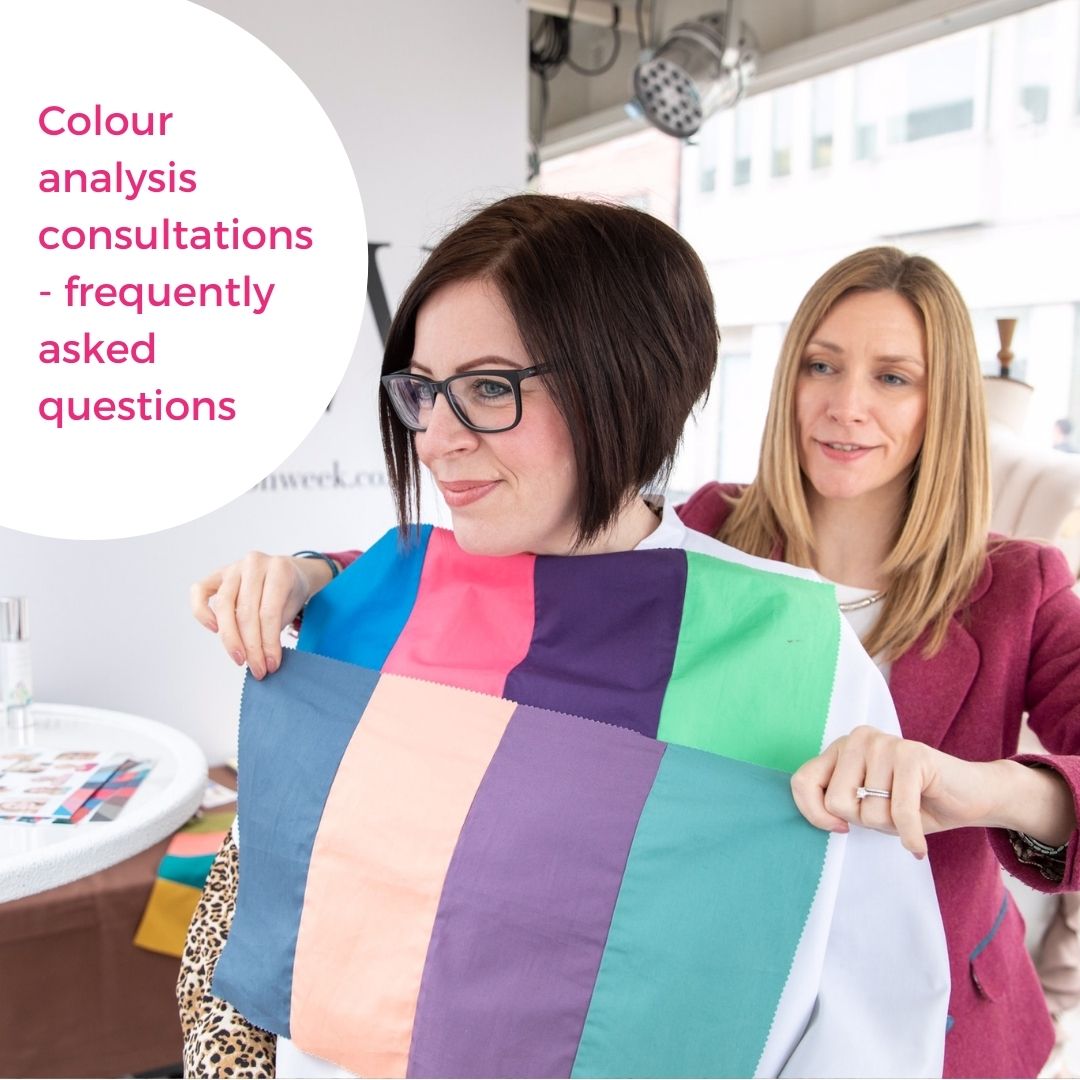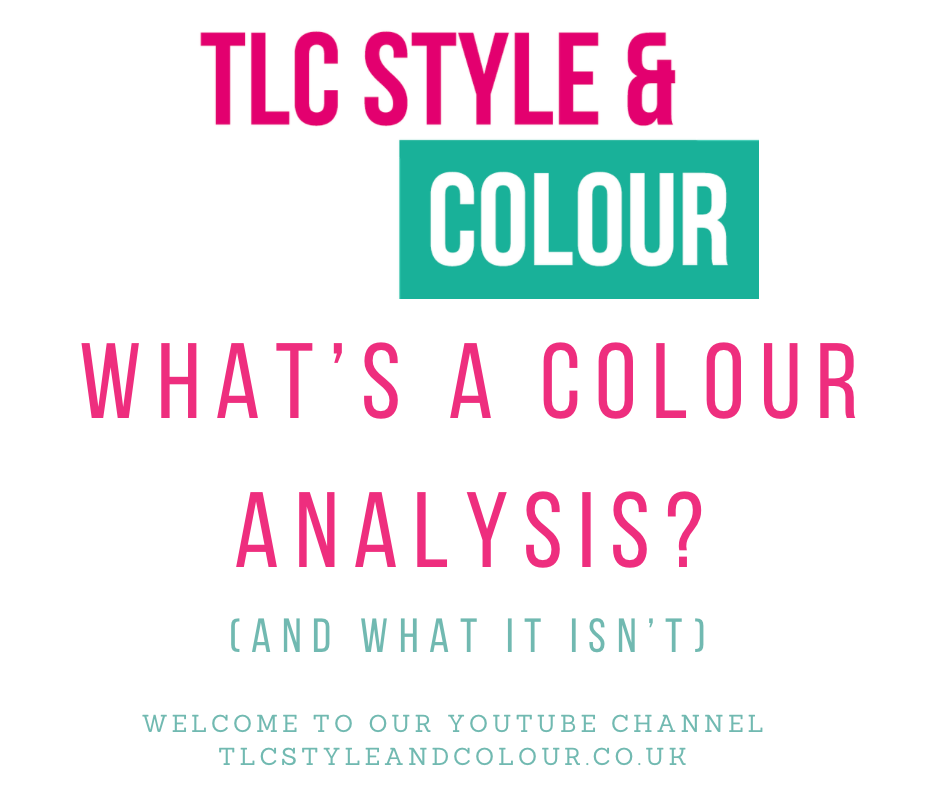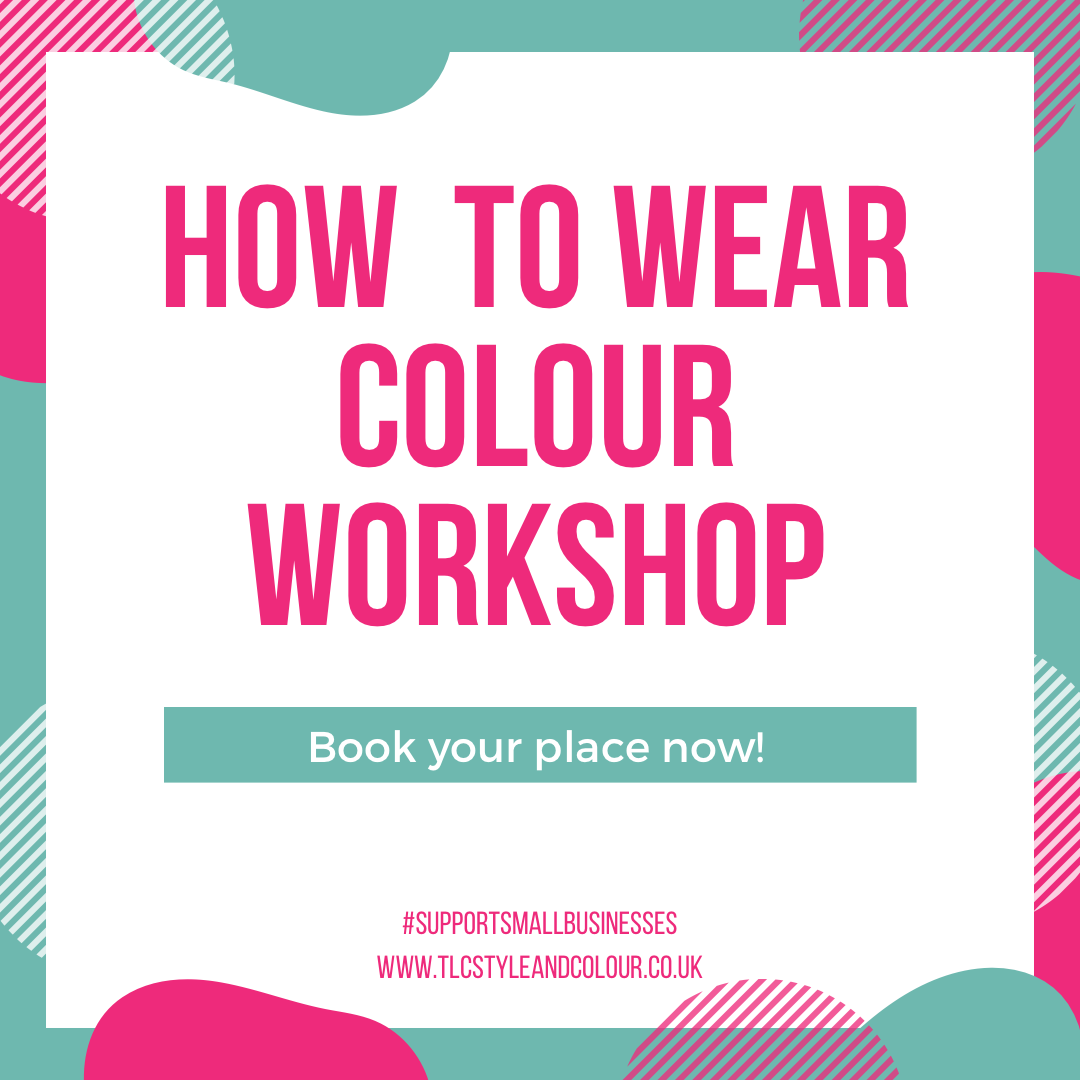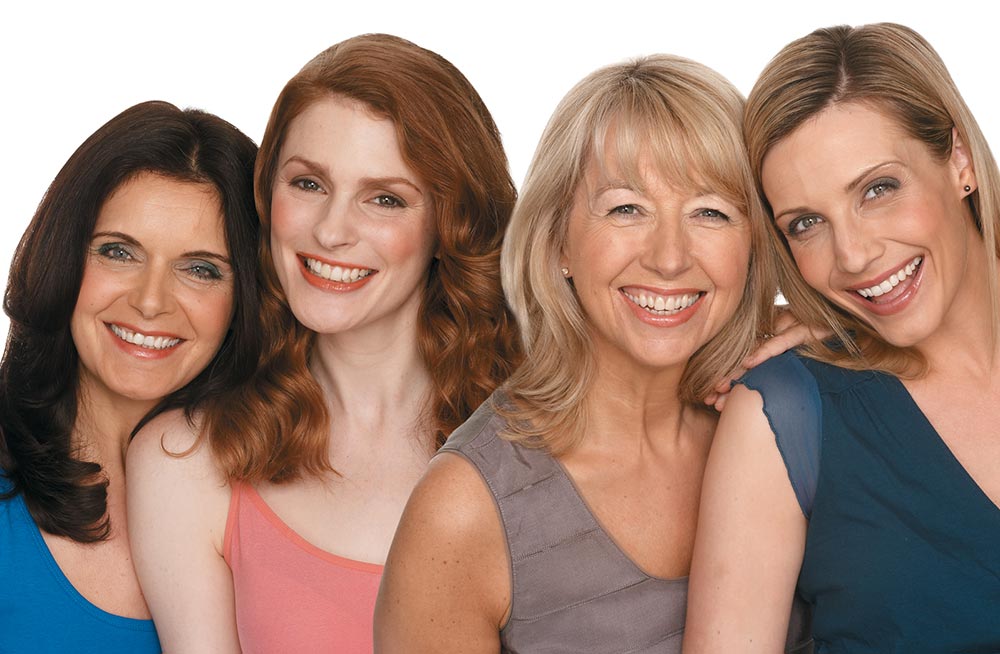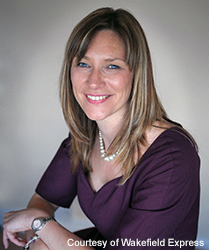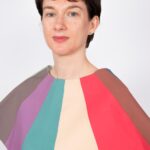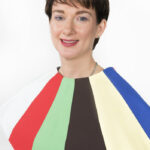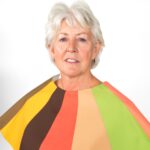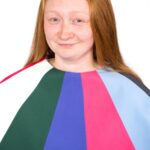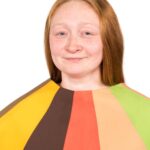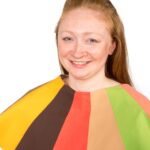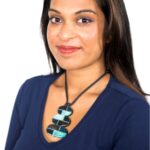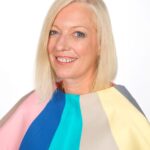Wearing colour is the easiest way to update your image. Wearing colour is not only a simple way to boost your mood, but when you wear colour which brightens your features and compliments your colouring then you will look just fabulous too!
Here are some of the frequent questions asked about colour analysis consultations.
“Will I be pigeon-holed?”
With the colour analysis consultations which Toni offers, it’s more than just telling you what colours to wear. It’s about you. Just because you’re the same colouring as Vivienne Westwood, doesn’t mean that you have the same need to stand out in a crowd. You’ll learn how to wear colour. Watch our video for more detail.
“Don’t you need to be over 60 to do that?”
I was in my 20s when I first had a colour analysis! Why spend a lifetime wearing colours that don’t suit you? Gain the knowledge about what does compliment you so you can look and feel amazing, every day! Colour analysis is for EVERYONE, no matter their age! It’s had a real resurgence recently too. Read more here.
“Will you tell me I can’t wear black?”
It’s not about not wearing certain colours, it’s about understanding how to wear them for the best effect. Some shades of colour will look far more complimentary on you than others. You’ll learn how to wear colour to achieve your best look. There will always be some colours that just don’t work for us – they may leave you feeling washed out or grey or down. Discover instead the colours which make you look AMAZING and avoid having a drab day again!
“Will you make me wear bright colours?”
Having a colour analysis isn’t about making you do anything! The colour analysis consultations are tailored and refined to you to compliment how you look. It’s about helping you to look and feel amazing by providing you with colours and guidelines and not rigid rules. Not everyone suits bright colours, but rest assured you’ll learn about all colours (including neutrals), and how to wear them.
“Isn’t it old fashioned to have your colours done?”
Quite the opposite. Understanding how to wear and combine different colours together enables you to build a cohesive, versatile, modern and lifestyle appropriate wardrobe. Sustainable dressing and the desire to buy less and wear more is on the rise. More people have the desire to understand what suits them best so that they can make better buying decisions. And, know they’ll look good as a result. The tonal colour analysis system I use is a more modern approach. Read more here.
“Isn’t that something that they did in the 80s?”
Indeed, but like most things; it’s moved on from the dated 80s look!
In fact, many of my clients are surprised at how modern my approach to colour is. I’ve seen people as young as 17 and as experienced as 76! My online services are one example of how I’ve stayed relevent and moved with the times.
“I don’t have the budget to start my wardrobe all over again, will you tell me to get rid?”
Not many people do! It’s about having a wardrobe of pieces that work for you. But, learn how to work with what you already have too. If you need a little help, why not download my wardrobe charts. You’ll find them here.
“Isn’t Colour Analysis expensive?”
Having your colours analysed will prevent you from making expensive shopping mistakes. How many times have you bought something which doesn’t work for you? You only have to look in your own wardrobe to see those rash purchases. Take a moment to tot up how much you have spent on things you never wear. I’m confident that the figure will be more than a colour consultation with me.
“I’ve been colour analysed in the past, do I need an update?”
That’s great that you have already seen and felt the benefits of knowing your colours! But, if it was some time ago, or your physical features have changed like the colour of your hair, you might want to consider a review. The four seasonal approach can be restrictive and often clients had shades in their palette that were not their best or as refined as what’s available now. Under the new system, the analysis is much more flexible and refined and based on the Albert Munsell Colour System. This means you’ll find the shades of colours are much more suited to you. Depending upon the colour analysis service you choose, you’ll have 30 or 48 fabric swatches that work best for you. Read more about the differences here.
“Will you tell me my ‘wow’ colours?”
Under the system of analysis used here, it is a much more refined system. During the analysis, Toni will filter out the shades of colours which aren’t your best ones. Your colour swatches will contain the shades of colour identified to be your best ones! All the colours you’ll have will therefore be your wow colours!!
You may find the odd one or two which you may not be a fan of, however it’s all about learning and understanding how to wear it. A ‘wow’ colour is often associated with being the best one(s) for you and these will be identified during the analysis.
“Can I have a session on an evening?”
Natural daylight is highly recommended to see your natural colouring accurately. Individual sessions are therefore only available in the day time.
“I don’t wear makeup so can I skip it?”
I do offer a basic colour analysis consultation if you would prefer not to include a makeup application. Learning the right depth, undertone and clarity of colours next to your face will ensure your skin naturally glows and your eyes sparkle so that’s the benefit in knowing and understanding your colours! It will also eliminate dark shadows and prevent you from looking pale or ‘washed out’ – wearing the right colours has a truly transformational effect but it’s entirely your choice and I’ll always provide guidance on choosing the right makeup shades, should you change your mind.
“I never leave the house without makeup, can’t I arrive wearing makeup?”
If you would prefer you can arrive for your appointment with your makeup on and we can remove it during your session. It’s always best to see your natural features without makeup so you can receive an accurate assessment.
“I’m too busy for the sessions – can’t they be shorter?”
I understand – life can be very busy juggling everything that life throws at us! An individual colour consultation lasts 1.5 – 2 hours. The style and shape and full transformation services are longer. Check the events page for mini and taster sessions.
“Will you make me look more fashionable??”
I don’t believe in being fashionable, but I do believe in being stylish! Everyone has a sense of style it’s simply about discovering what that is and I’d be delighted to help you feel more comfortable with that. Fashion and trends aren’t for everyone and I want you to be happier and more comfortable with what you wear.
“Do I have to wear white for the consultation?”
Not at all! You can wear whatever clothes and colours you’d like for your consultation. When it comes to analysing your colouring your consultant will place a white draping cape around your shoulders to provide a blank canvas to work from. This is hygienically cleaned after each consultation. Find out more here.
“Will you tell me I can’t wear my favourite jewellery?”
If you opt for a full colour analysis consultation, this includes an analysis of your skin tone and whether you have a warm or cool undertone to your skin. This will help to guide you on the types of metal which may be best for you to wear in your jewellery. It’s worth remembering that colours have the biggest impact when worn next to your face. So, if your wedding band is gold, but your undertone is cool (which would suit a silver metal better) this isn’t going to be a major cause for concern or a trip to the jewellers! However, if you are wearing a metal that isn’t ideal for your undertone I won’t be insisting you get rid of it! Not a chance – it’s simply being aware of the impact and how to wear other tones and introducing colour instead.
“Do I have to buy the makeup?”
If you’re choosing the full colour consultation, makeup in some of your most flattering shades will be applied. You’re under no obligation to purchase anything used and you can always decide at a later date. You will take away some makeup as part of a complete colour analysis or colour analysis and the transformational package.
“It sounds too complicated – why don’t you do seasons?”
The colour analysis system I use is logical and importantly; it’s much more refined. The current system (tonal colour analysis) is shared with the hairdressing industry as well as many others who deal in colour (e.g. motoring and decorating). It allows me to be much more specific with the colours recommend and how to wear them. You’ll learn your colouring type, how to wear colour to compliment your features and you’ll also get follow up notes form me after your session too. Here’s some more details about the differences between seasons and tonal colour analysis.
“Will you cover my hair?”
No, I want to see the colour of your hair; even if it’s not your ‘natural’ colour. Your hair plays such an important part on your appearance and who you are so I always take this into account for my colour analysis consultations. You’ll find more information about why this is here.
“Isn’t it the same wherever I go?”
It’s far more popular and there are more options available to you. It’s worth noting that there are different methods of analysing a person’s colouring type so not everyone is offering the same. I trained with Colour me Beautiful over 10 years ago and so my consultations are based upon the Munsell colour theory and tonal analysis. I’ve analysed hundreds and hundreds of women (and some men!) over the years. I’d always recommend you do some research, check locally, websites and social media so that you can find a consultant who appeals to you and who you feel you will gel with. It’s your session at the end of the day!
“Shall I wait until I’ve lost weight?”
This is obviously a personal choice! I see many women who’ve lost confidence in what they wear but don’t underestimate the impact that a session can have on how you feel! Understanding what colours or styles of clothes work best for you will boost your confidence and make you feel better about your body and image overall. Sometimes a few dressing tips can make the difference as colour can be easily used to appear taller and slimmer! Only you can decide when the time is right for you.
“What’s the difference between an online and face to face session?”
The principles are still the same for both sessions but they are conducted in a very different way. Our face to face sessions are also much more in depth and last longer too. We’ve covered full details here in our previous blog.
“Isn’t knowing your style and shape more important than colours?”
That’s a valid question and really it’s equally as important! Most people choose a colour analysis because they can’t quite put their finger on exactly what to wear or how to wear it. However, it’s equally as frustrating having a wardrobe of colourful things if they don’t fit or flatter your shape and how you spend your time. I offer a separate style consultation which people often book once you’ve got used to your colours, or you can choose my transformation session and have colour, style, shape and a makeup lesson as one package. Further details are here.

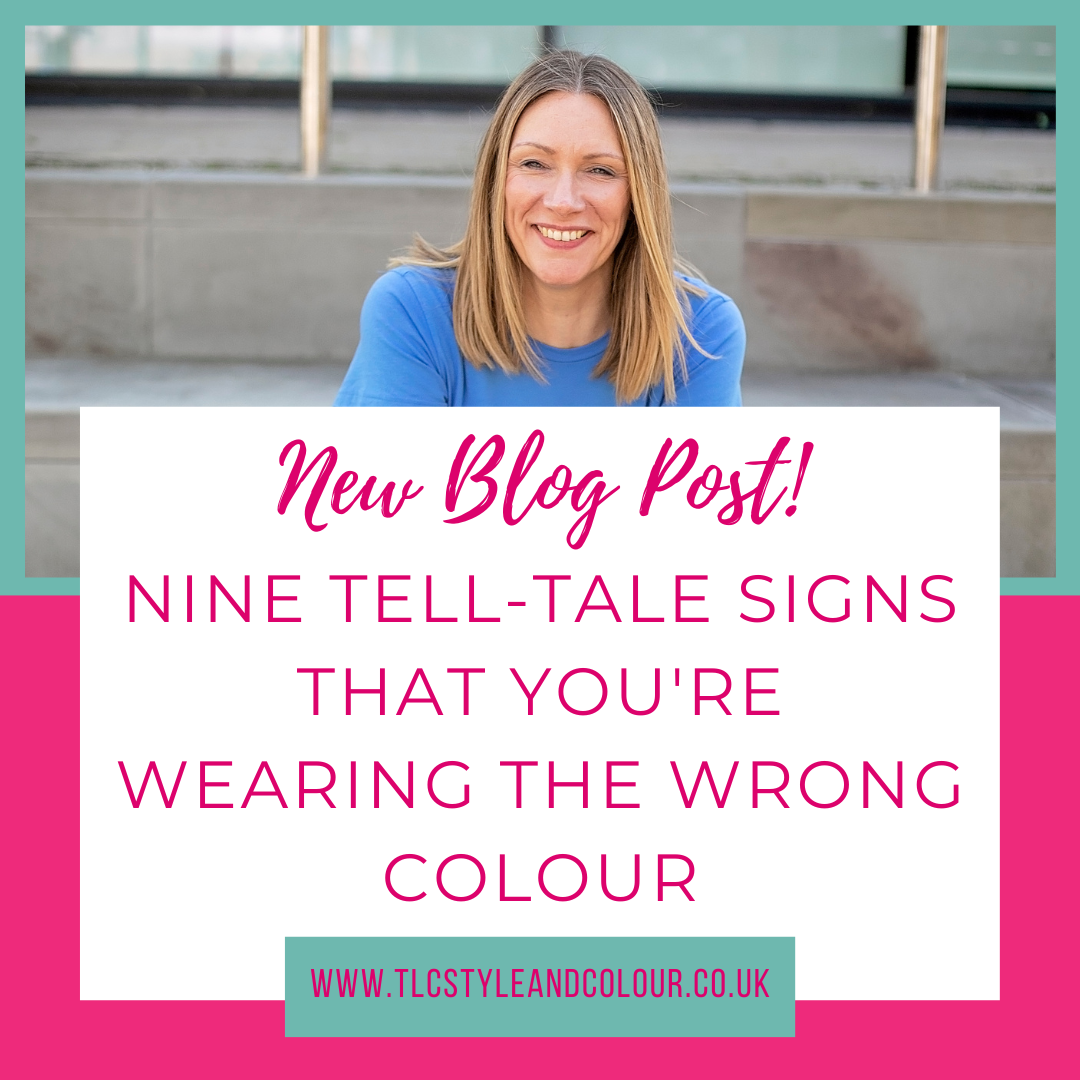
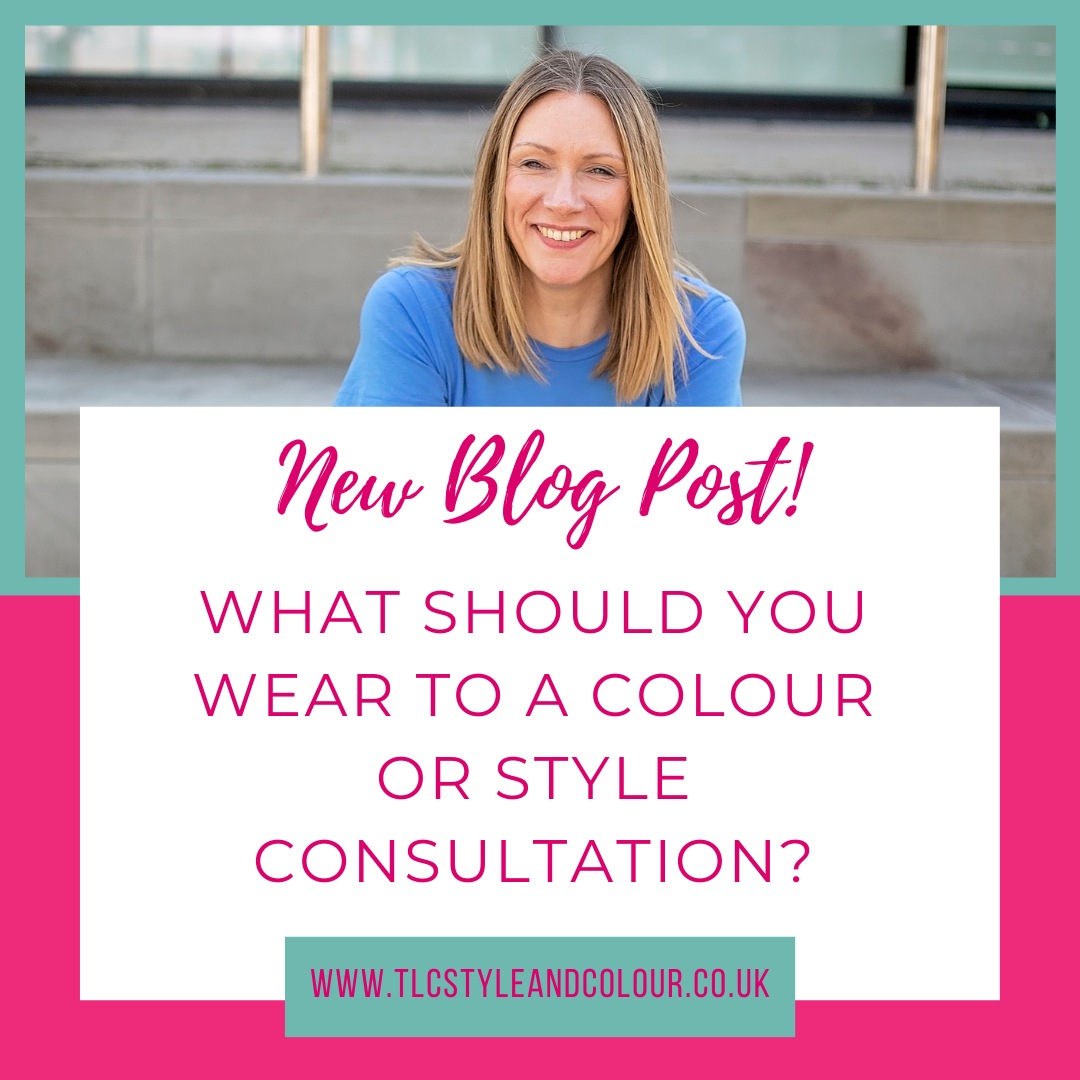
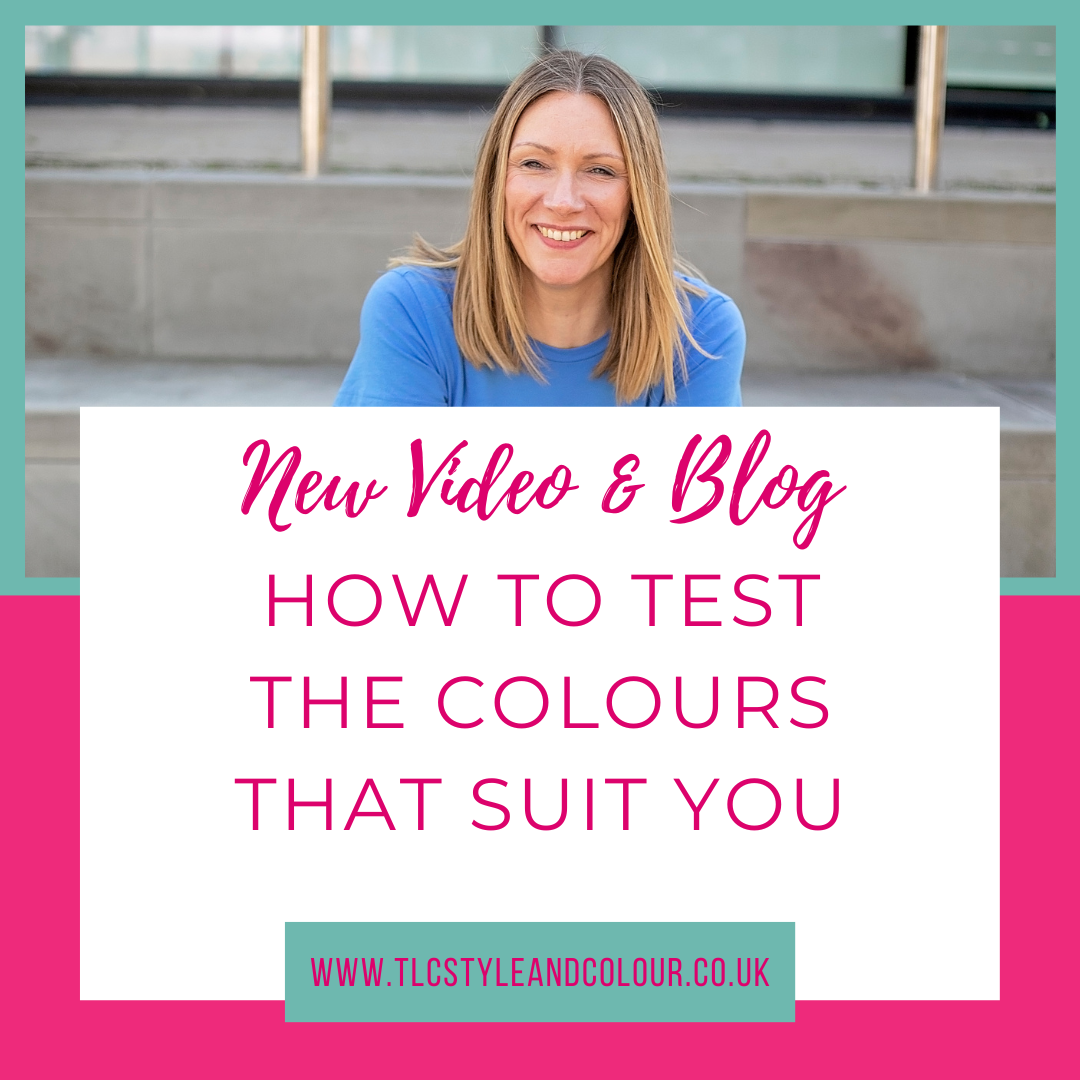
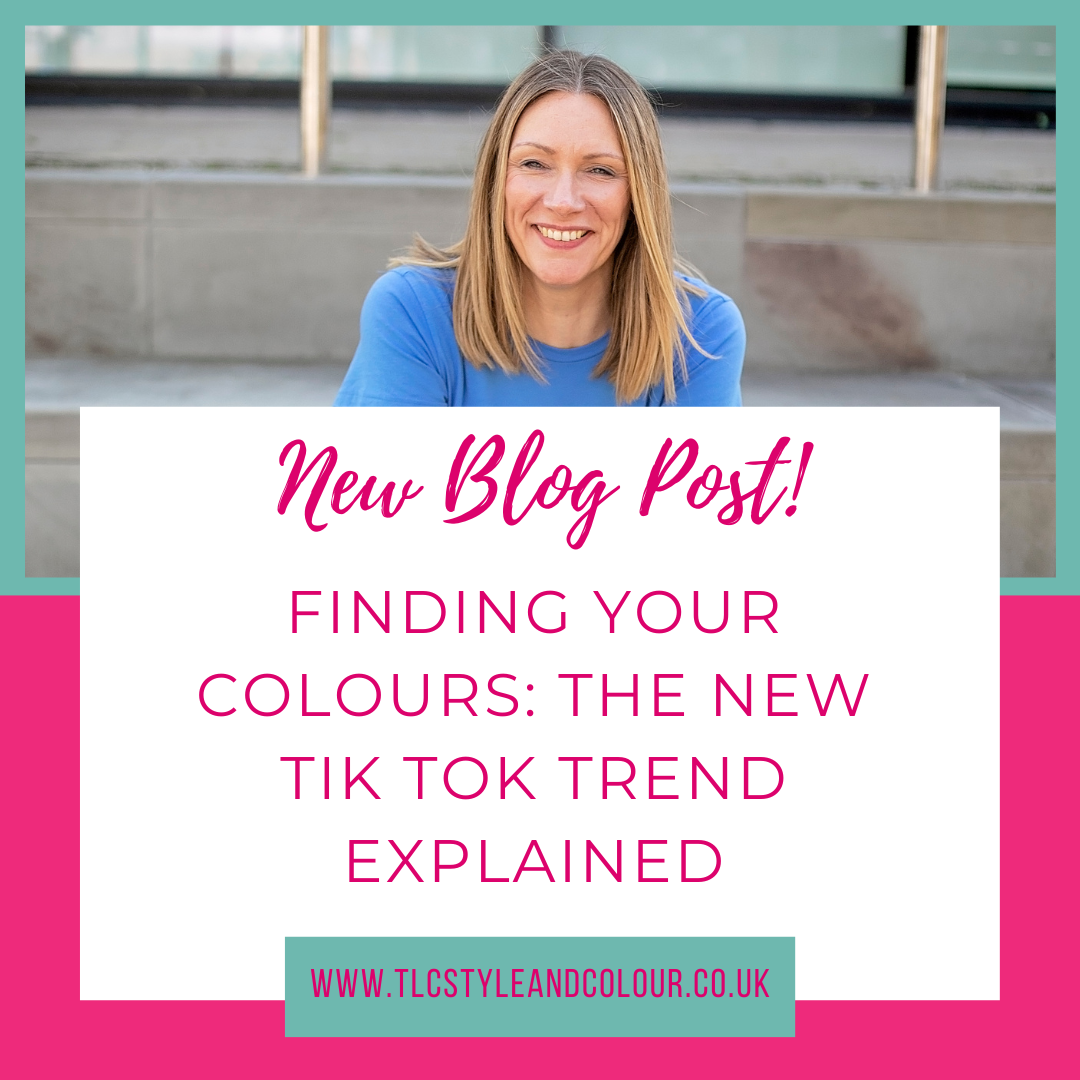
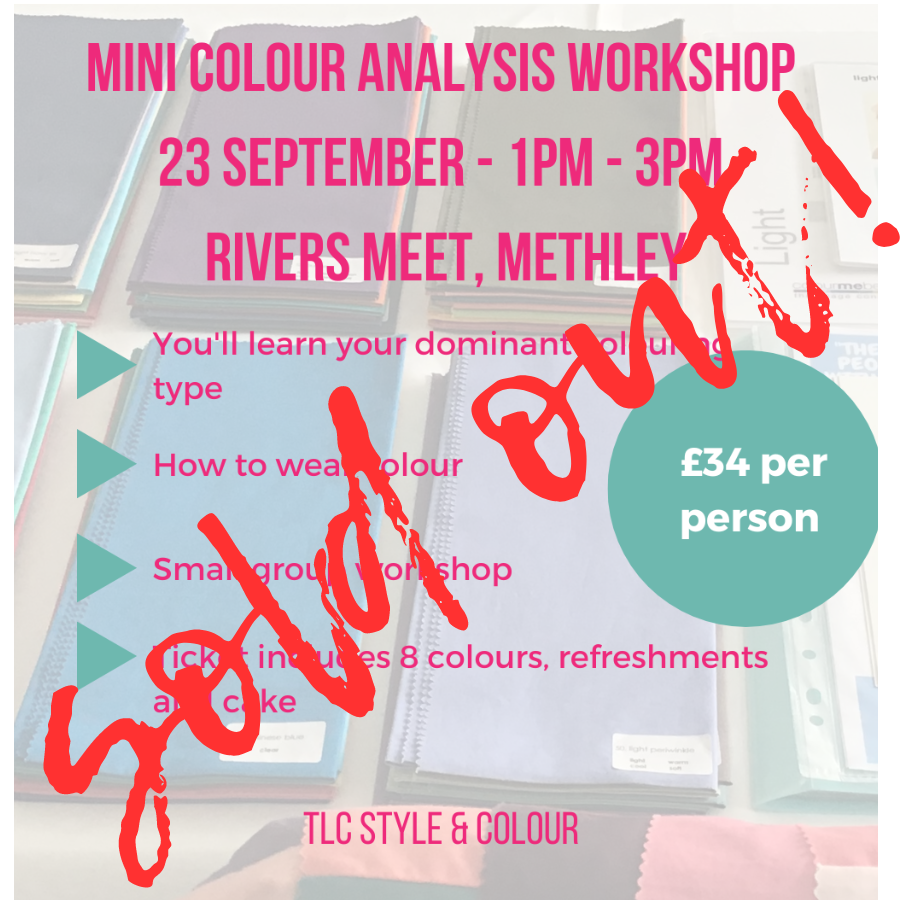
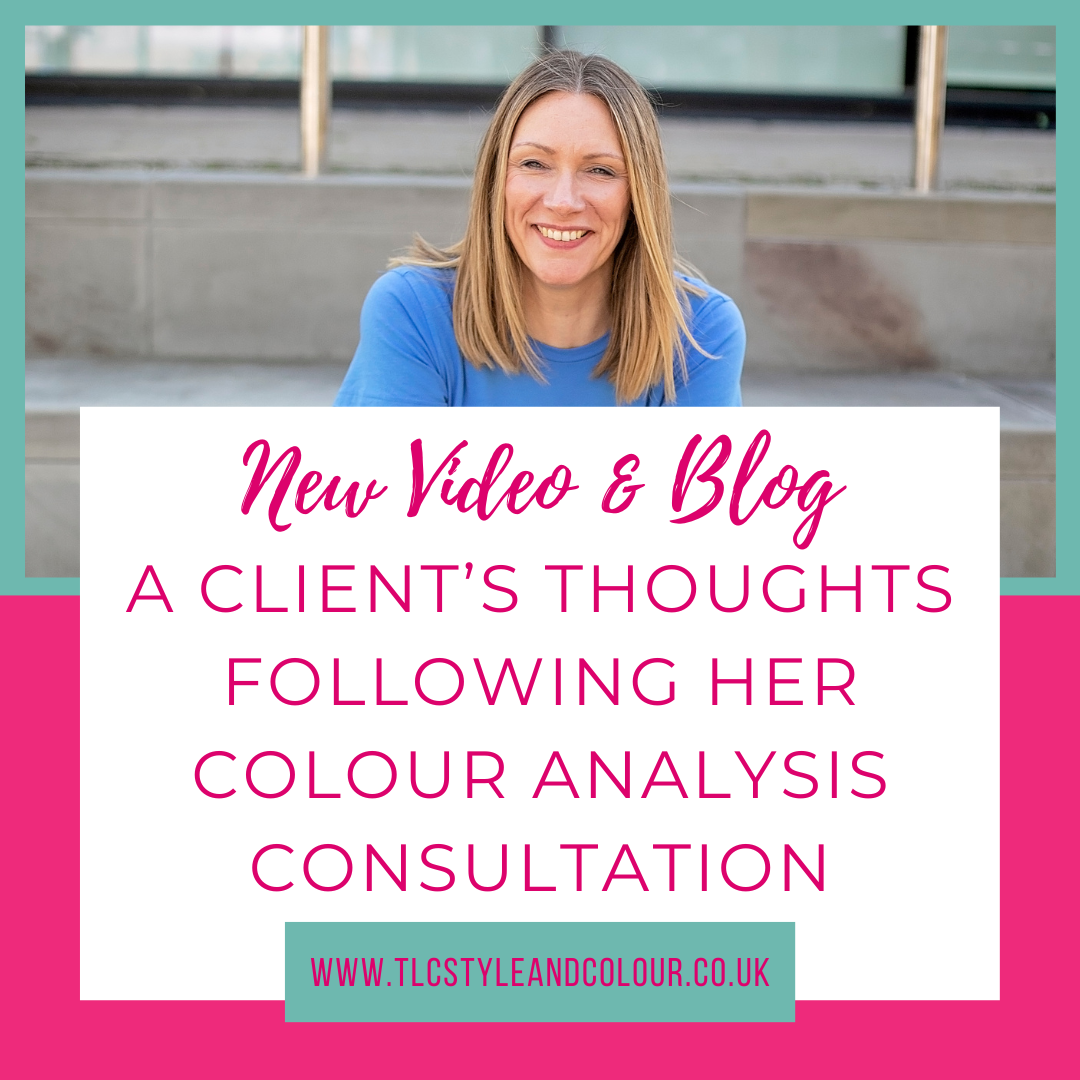
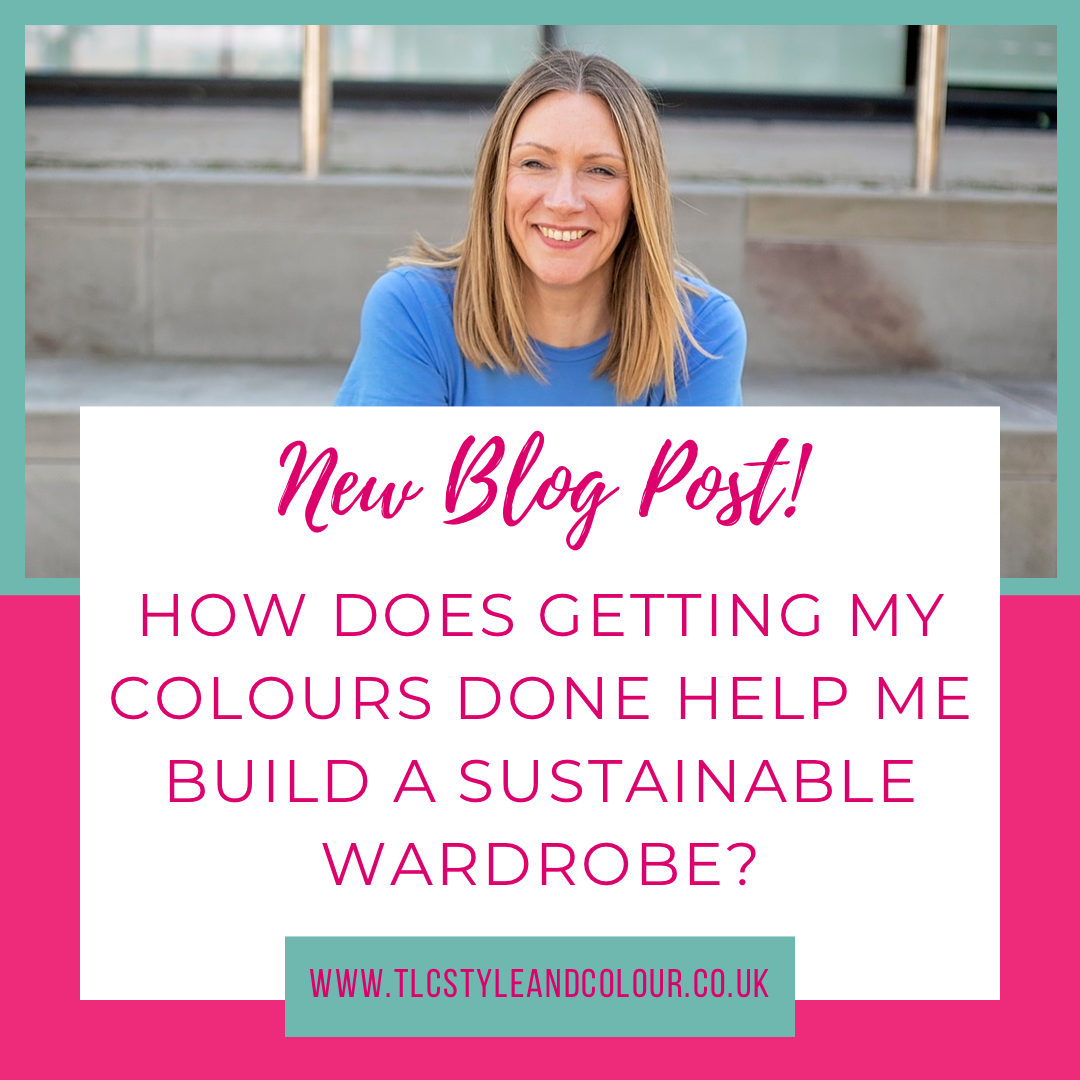
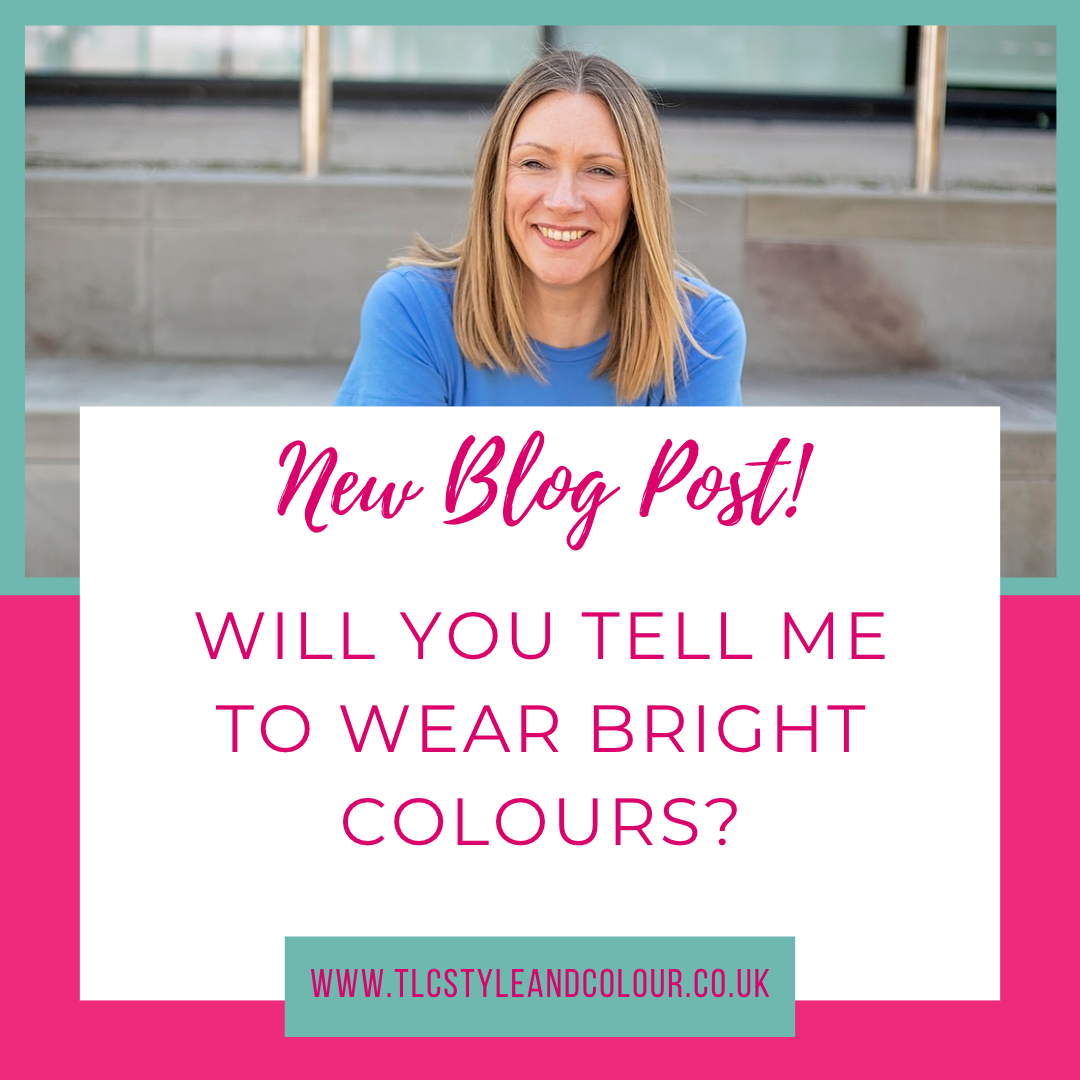
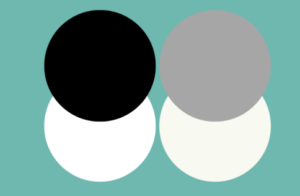
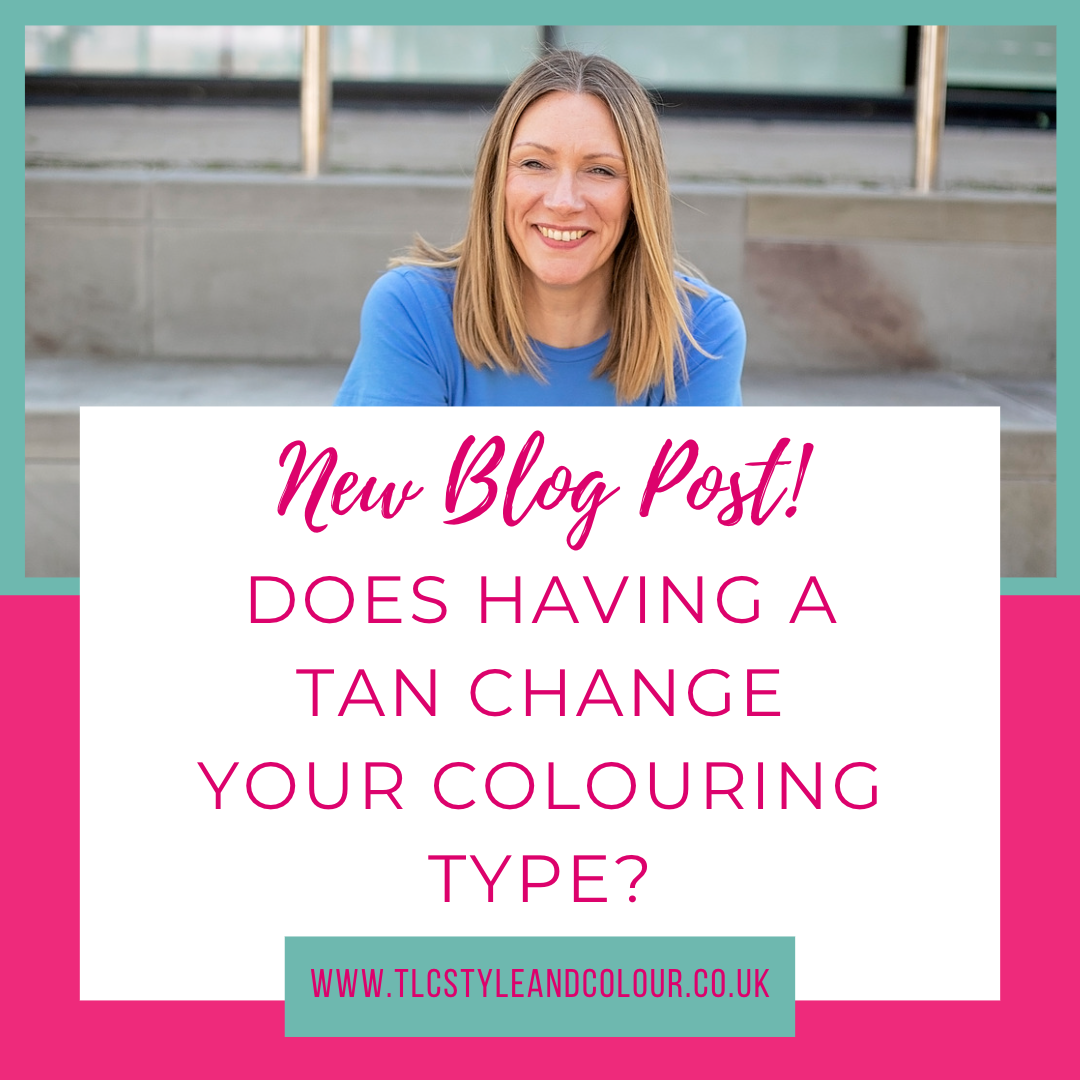
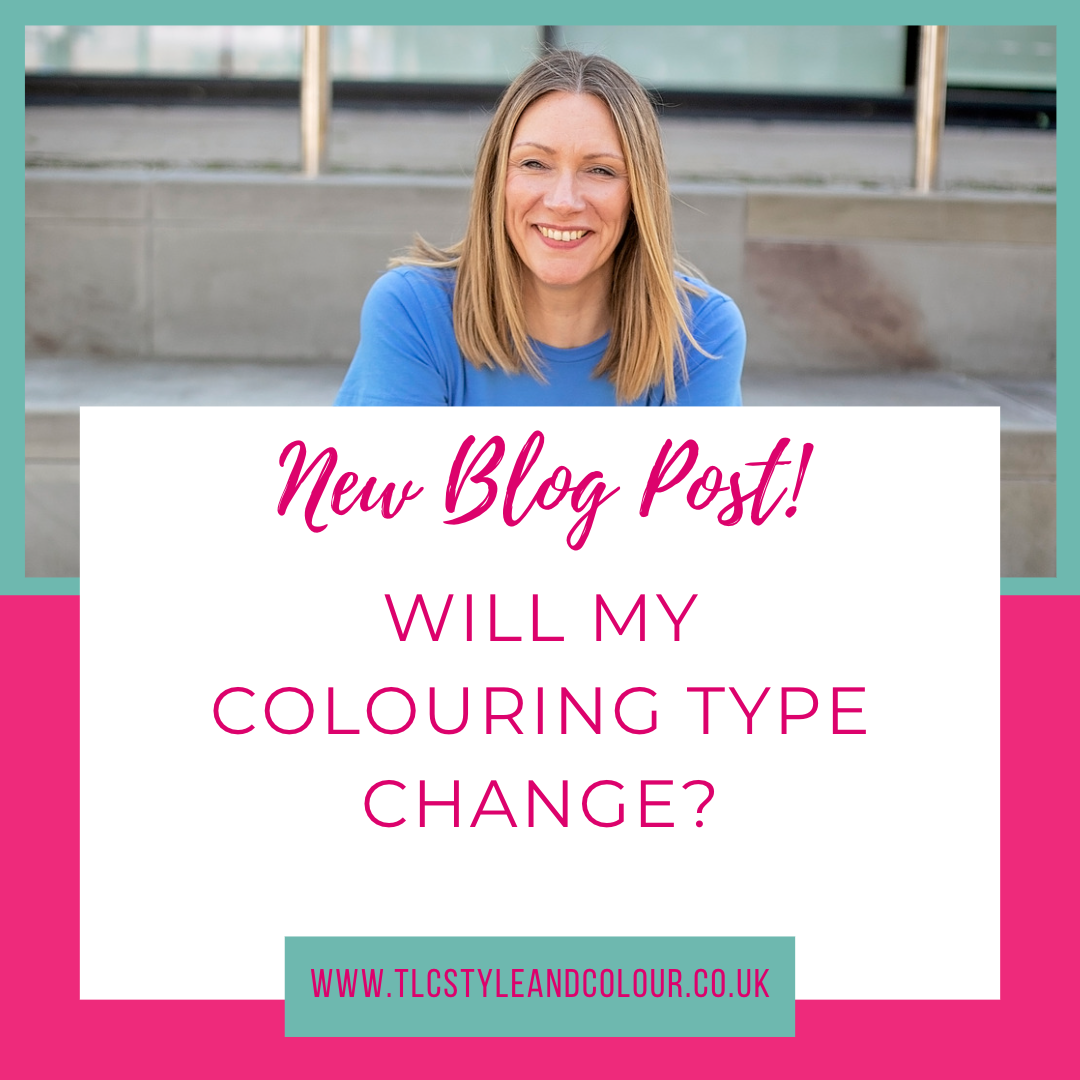
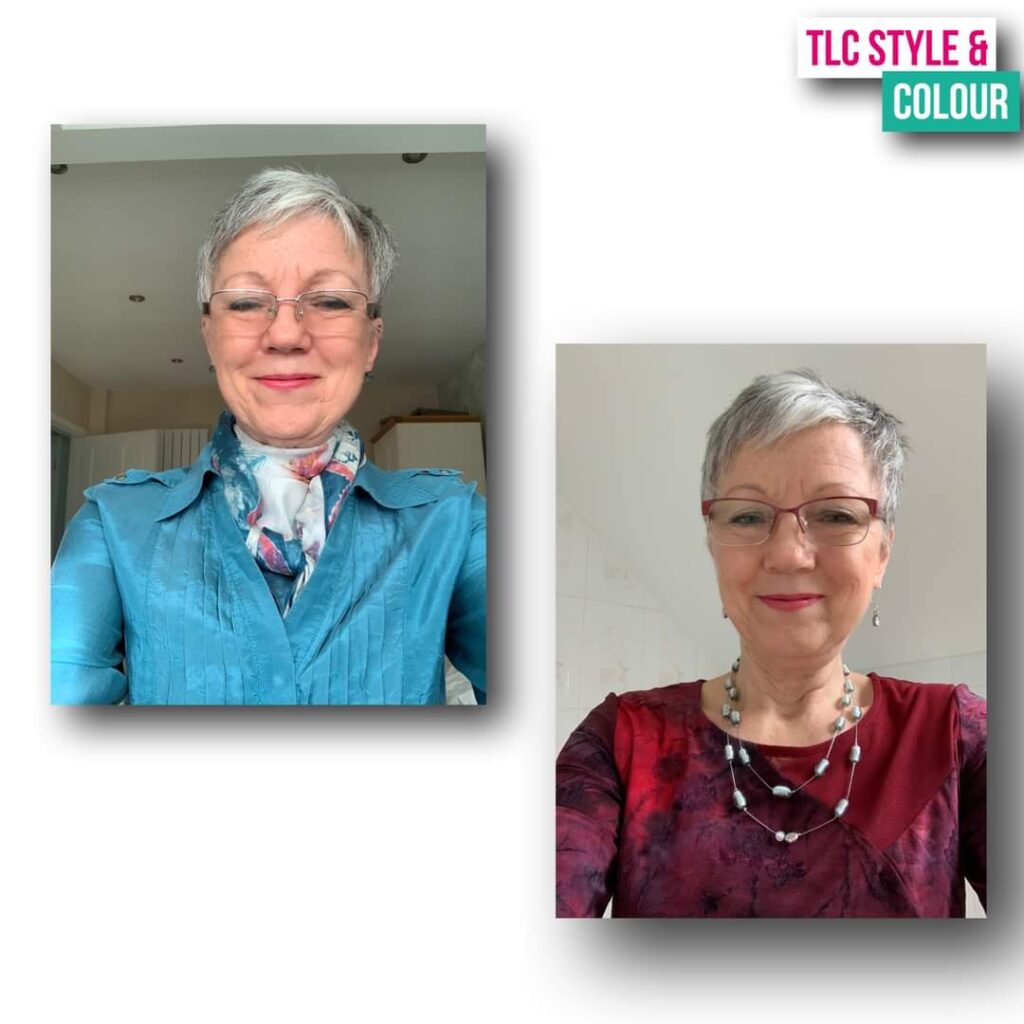
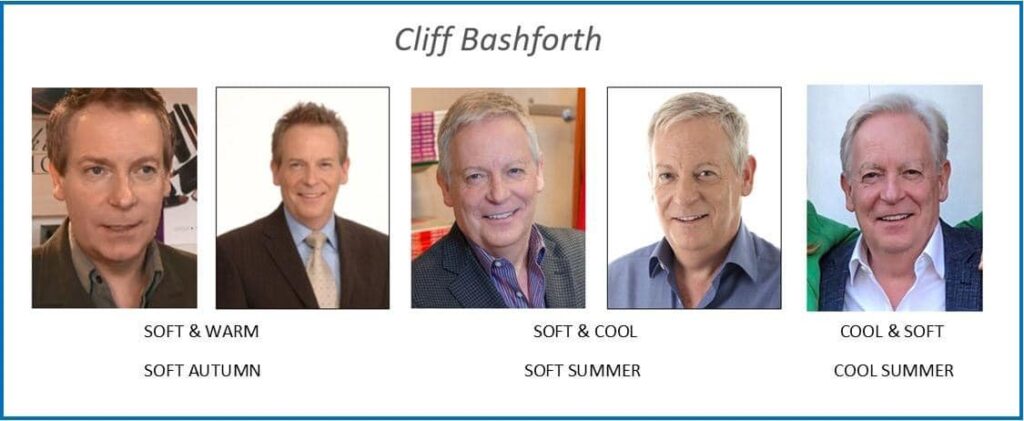
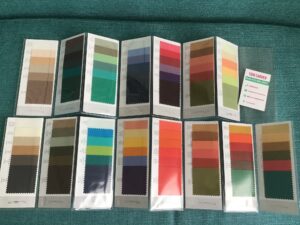
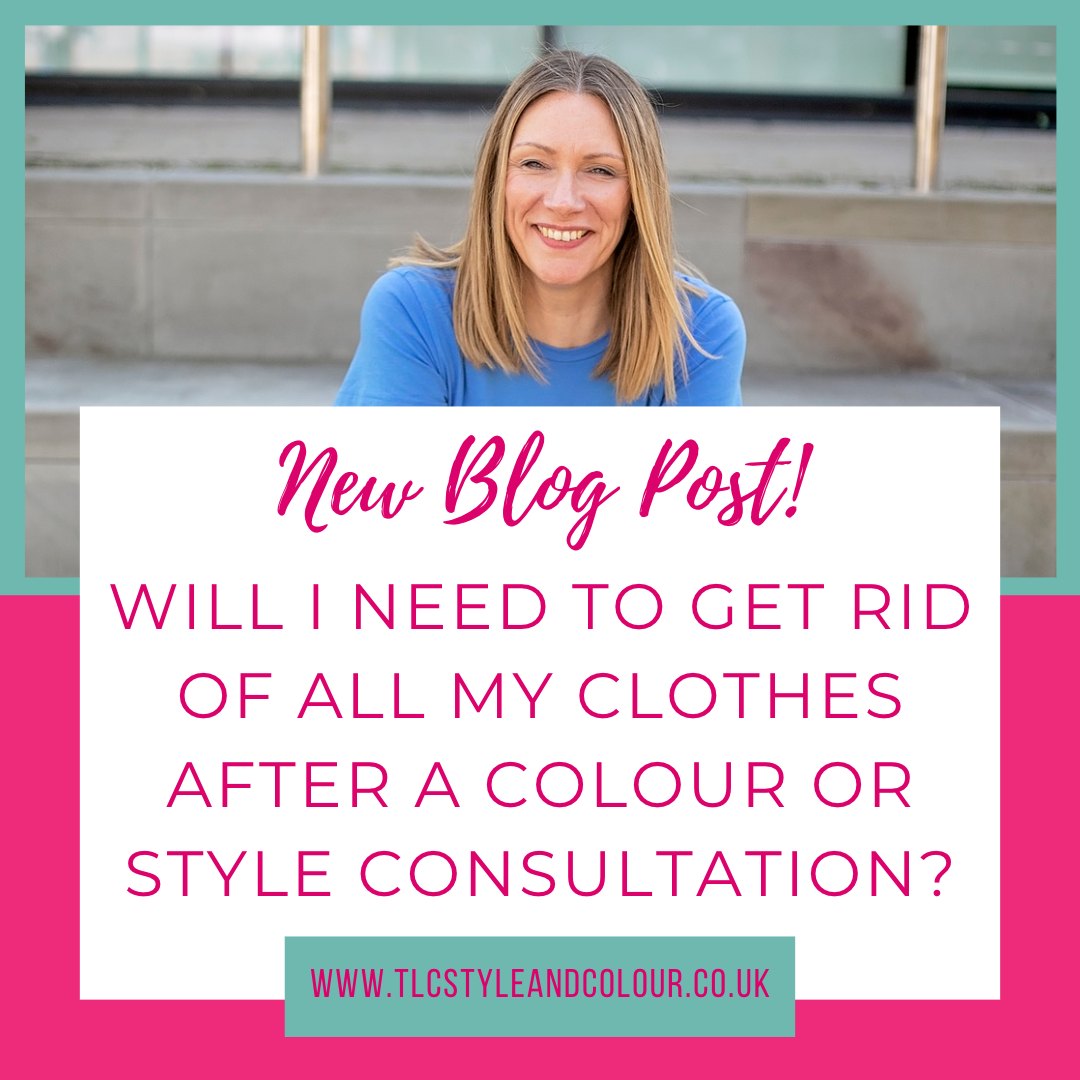
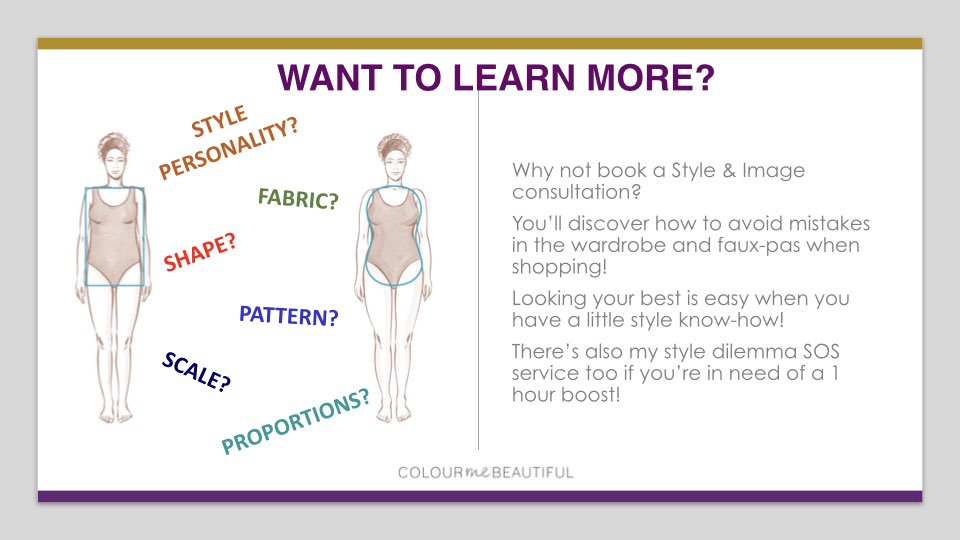
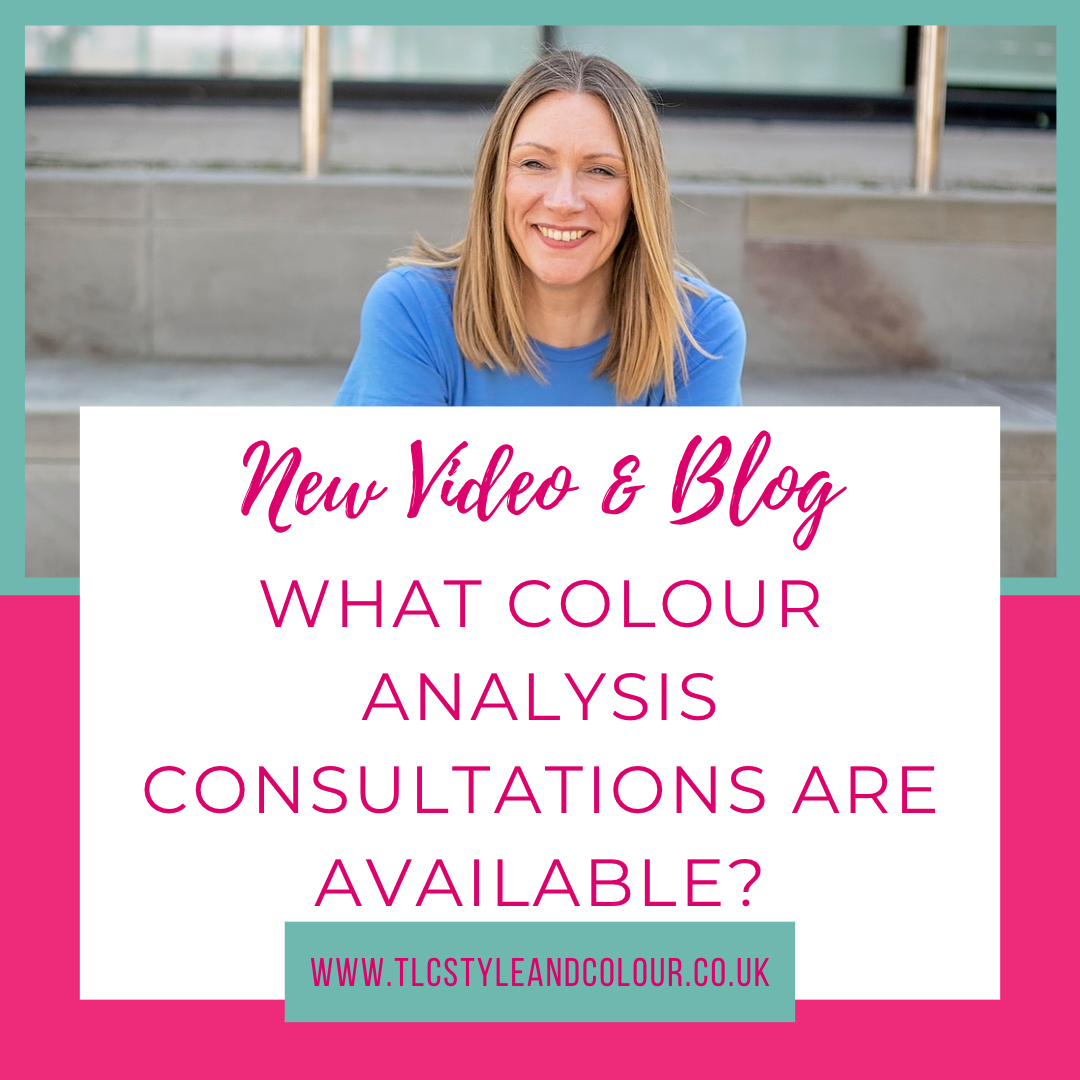
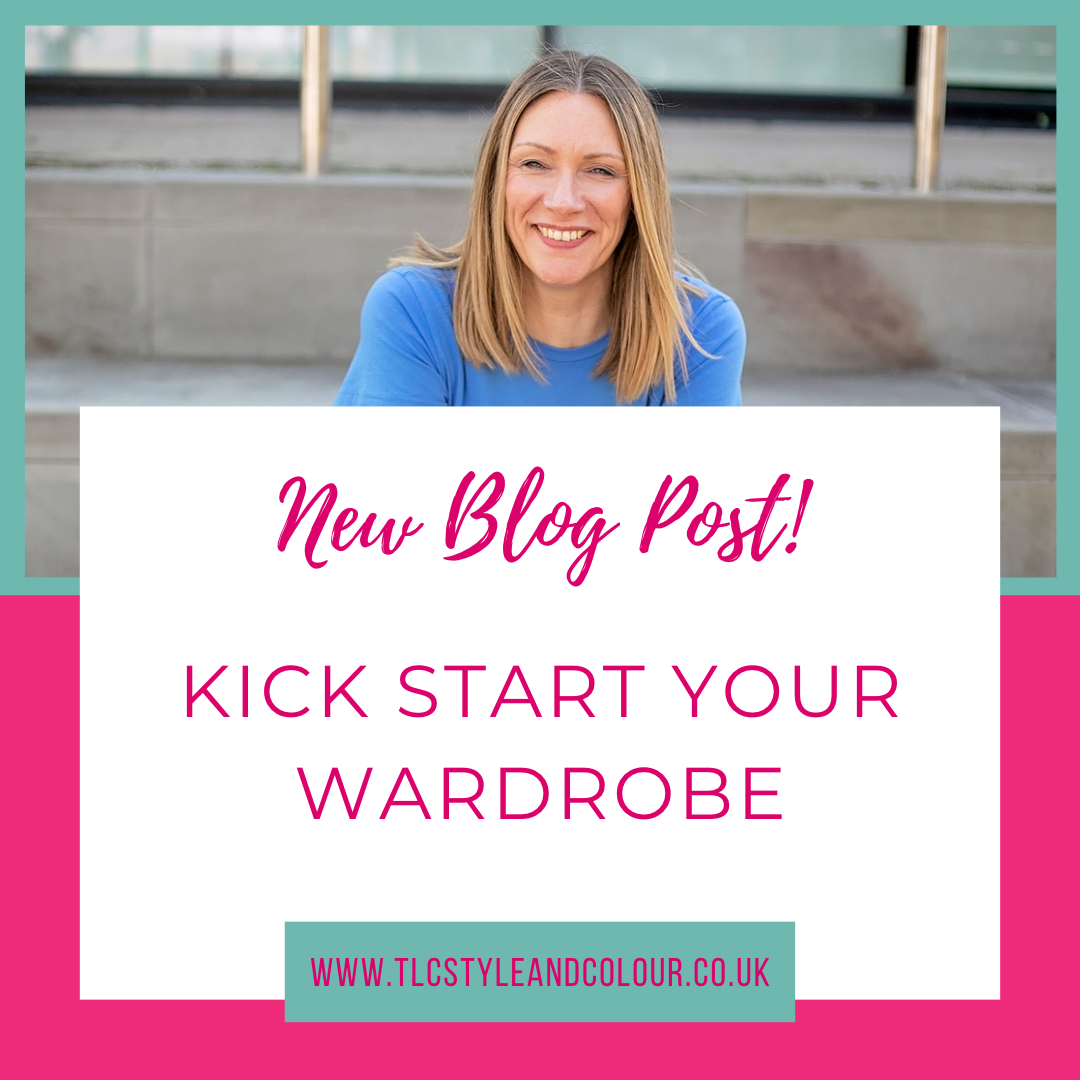
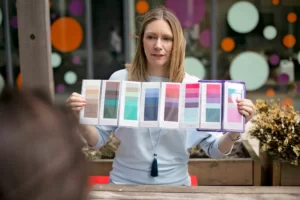
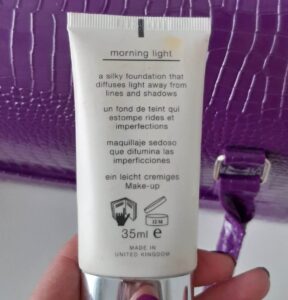
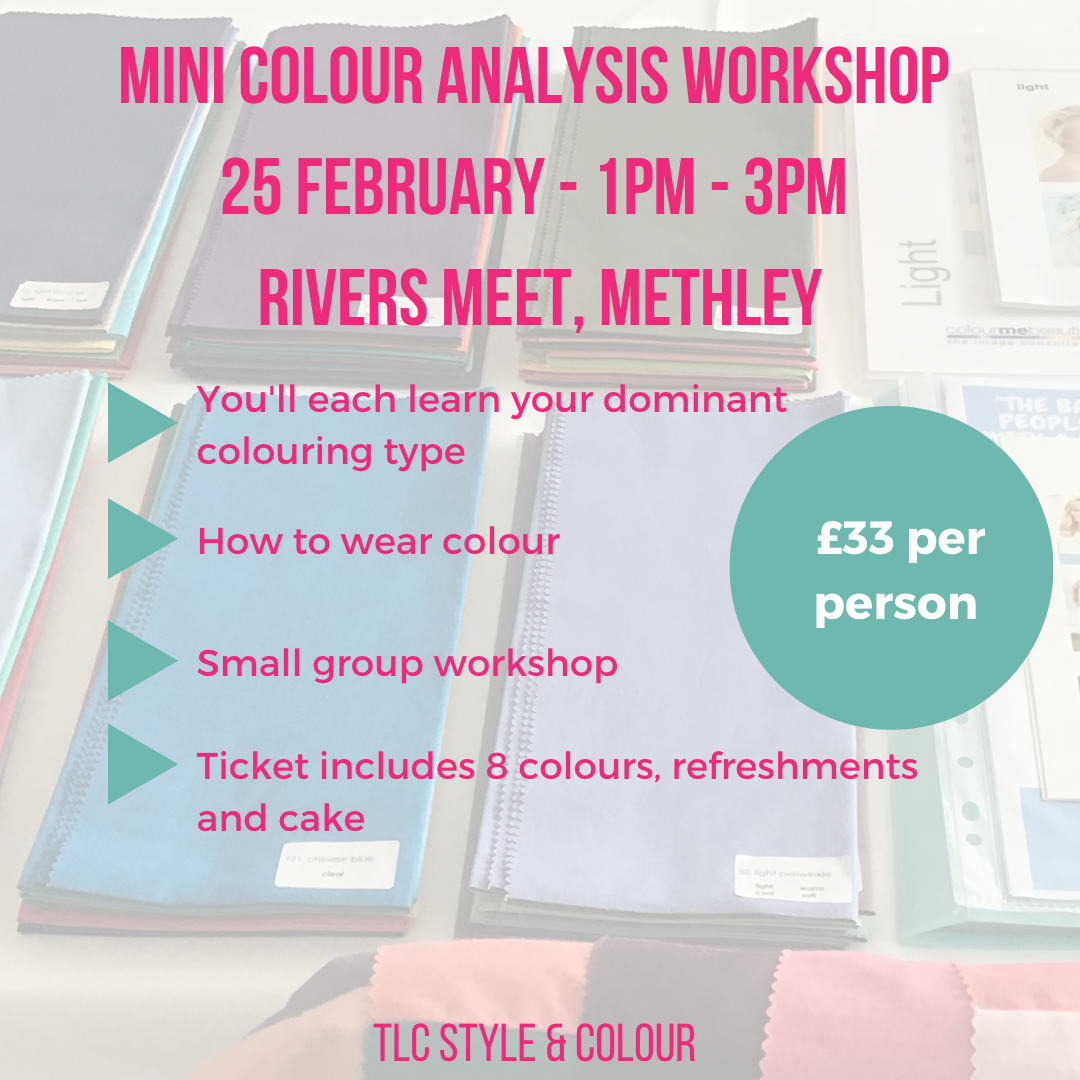
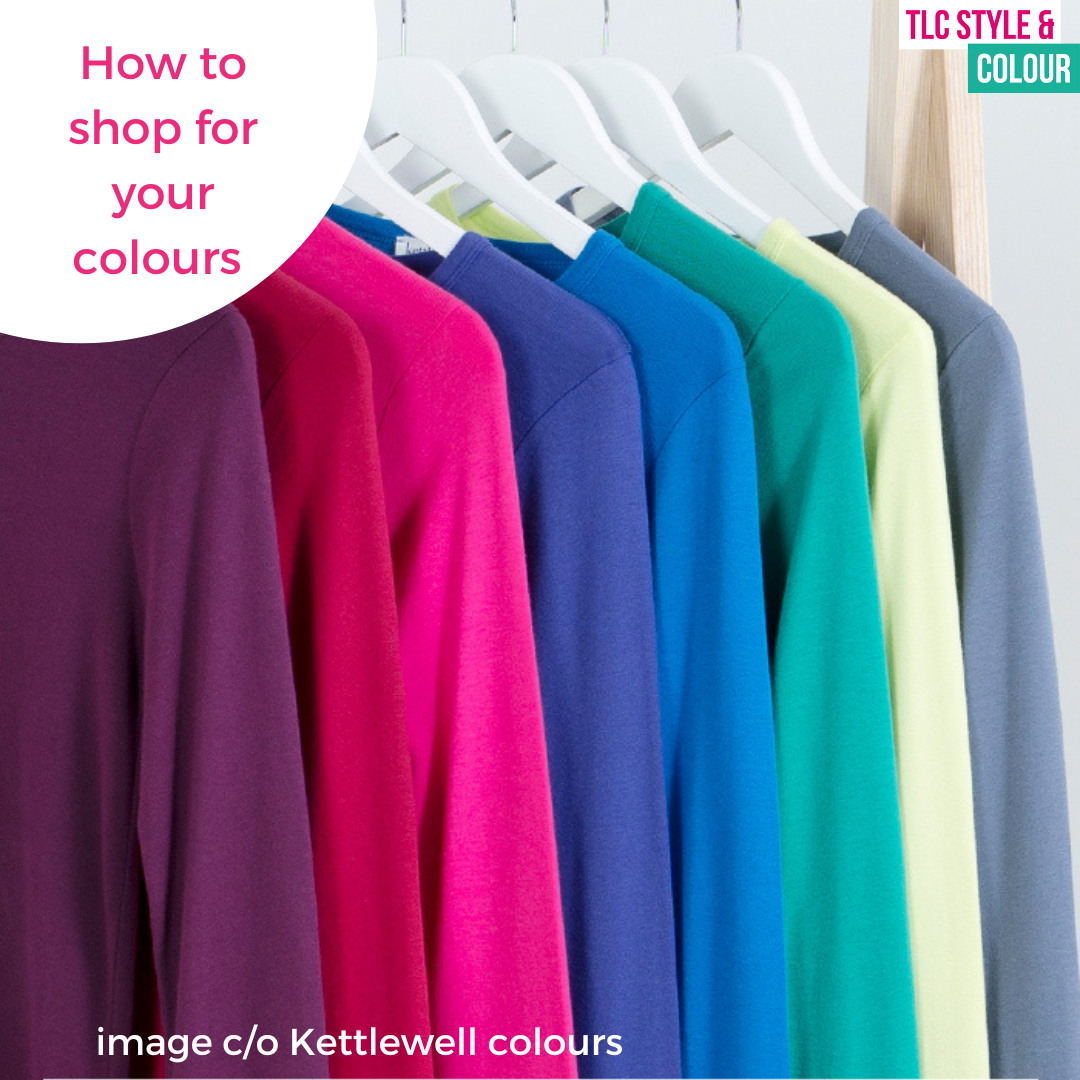
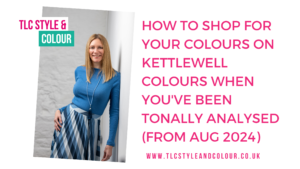
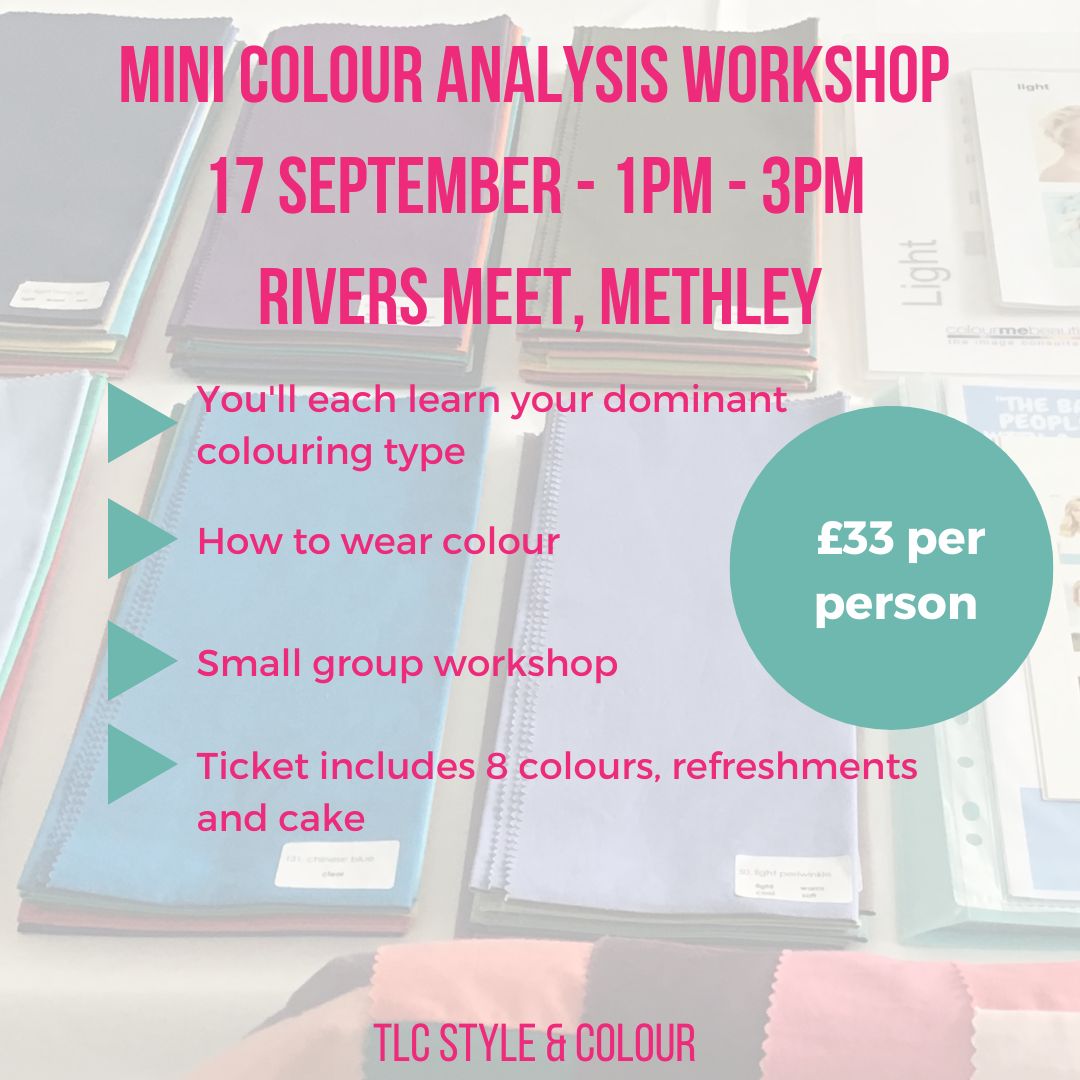
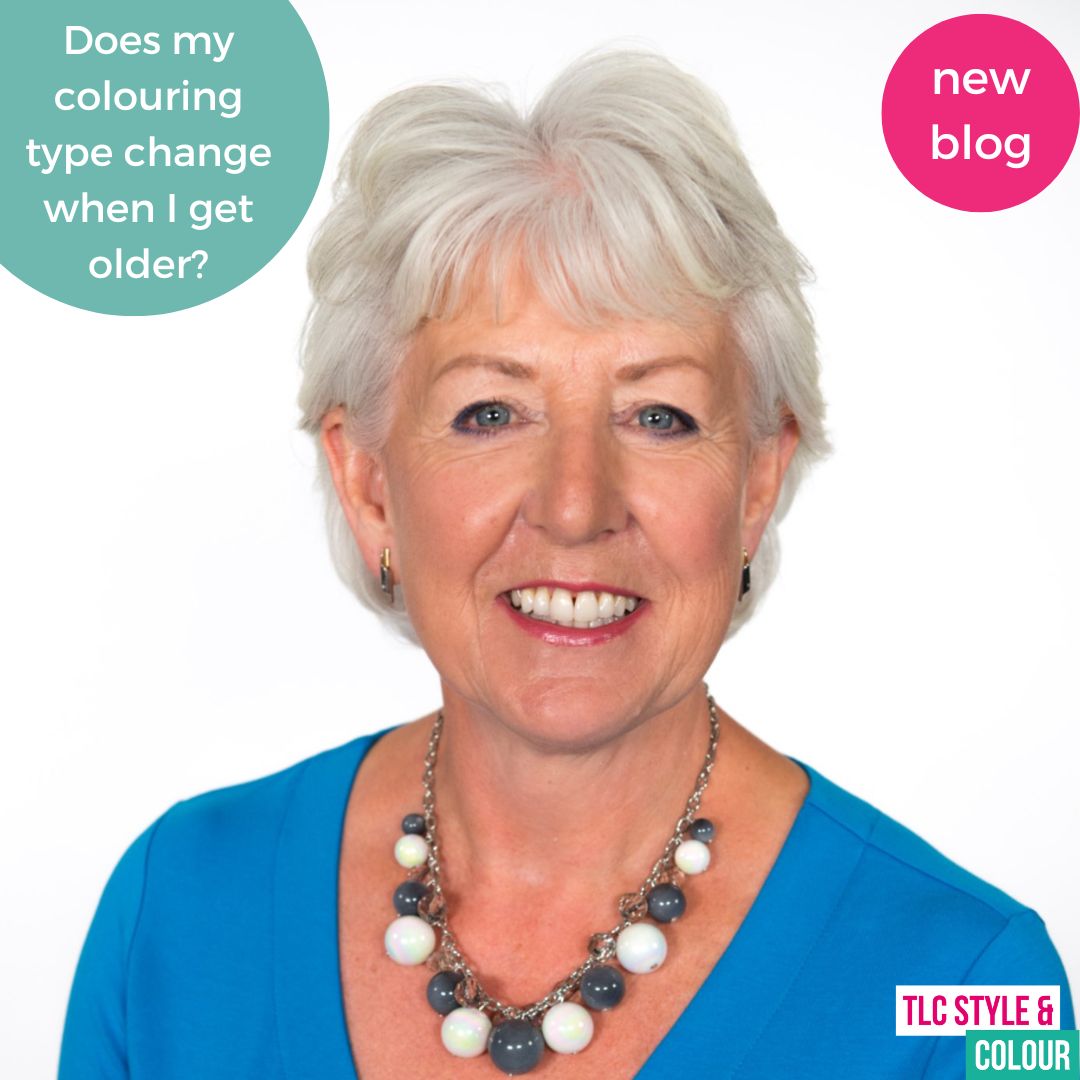

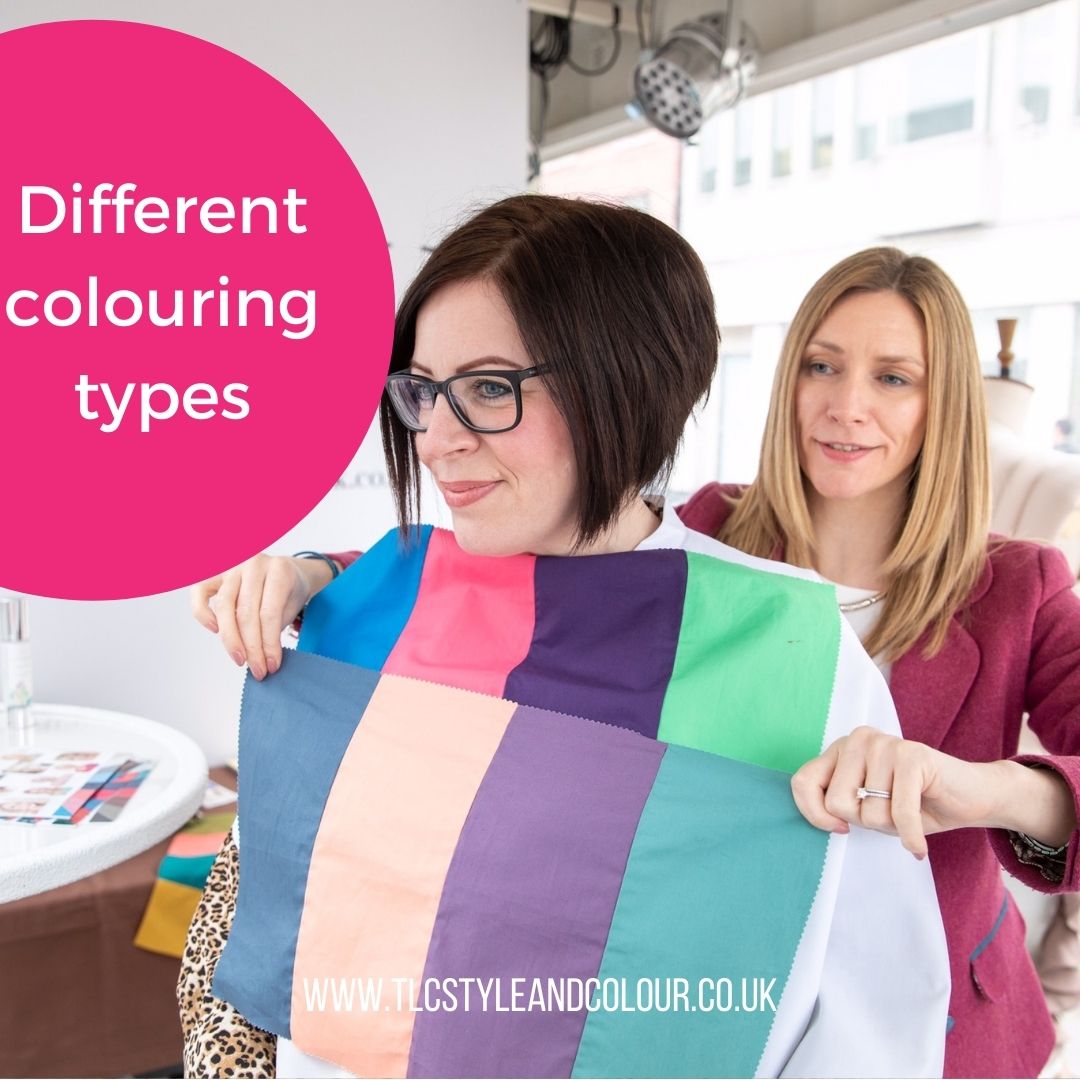
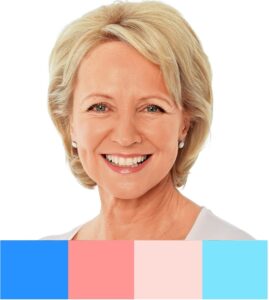
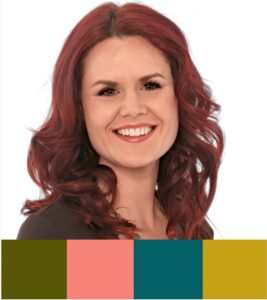
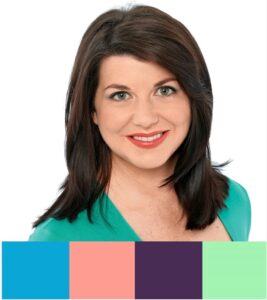
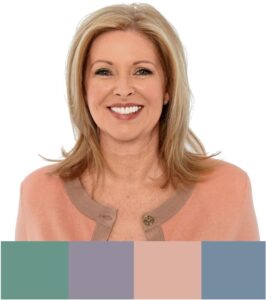
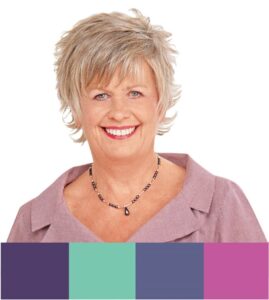
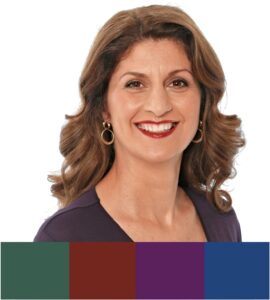
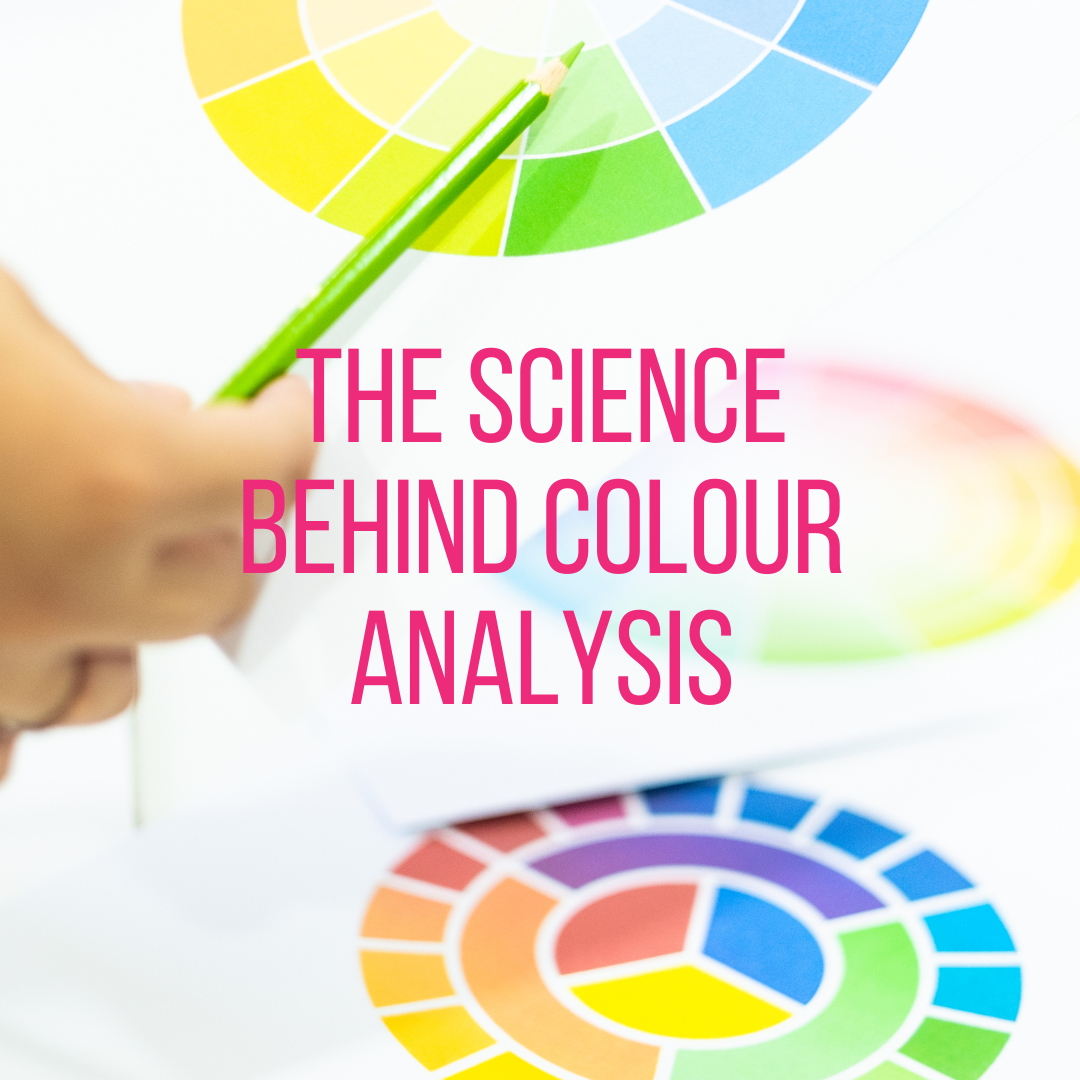
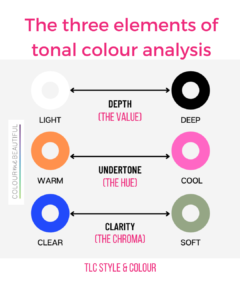 Albert Munsell was an artist and scientist who invented the Munsell System which define colours into three dimensions:
Albert Munsell was an artist and scientist who invented the Munsell System which define colours into three dimensions: